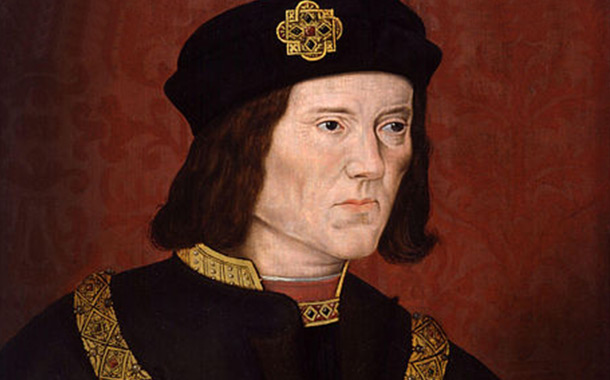<![CDATA[A forensic analysis of the remains of King Richard III has helped piece together a detailed account of the final moments of the controversial monarch. The study has revealed that he suffered from as many as eleven wounds close to the time of his death. King Richard III ruled England from 1483 - 1485, and was called a 'bloodthirsty usurper' by William Shakespeare. He was killed at the Battle of Bosworth in 1485, becoming the last king of England to die in battle. King Richard III was succeeded by Henry Tudor, the victor at Bosworth who was crowned King Henry VII. Richard's skeleton was found under a car park by archaeologists from the University of Leicester, almost two years ago. The skeleton has been widely examined by experts, revealing a major spinal scoliosis. The most recent investigations have focused on the final moments of King Richard III. A number of technologies, such as micro-CT imaging and whole body CT scans were used to examine the five hundred year old skeleton. The main goal of the study was to try and understand the scenario in which Richard was killed, and determine which wound proved to be the fatal one. Out of the eleven wounds discovered on the body, nine were made to his skull, suggesting that he had lost his helmet during the battle. All of the wounds are consistent with those made from weapons during the medieval era. Guy Rutty, the co-author of the study, stated that the injuries that most likely caused the king's death are the two wounds found on the underside of his skull. It is believed that these wounds were either caused by a staff weapon such as a bill or halberd, or a sword. Both wounds caused injury to the brain as well as haemorrhaging, leading to the King's death within a short period of time from the impact. These head traumas confirm the accounts of the battle which describe Richard III being forced to abandon his horse after it was killed. Researchers also note that the injuries are consistent with the fact that the King had been on his knees, with his head pointing downwards, when the blows were struck. Although it might be impossible to determine the exact order in which these injuries were sustained, an account of the process has been made based on current knowledge about medieval era armour. Sarah Hainsworth, a professor at the University of Leicester, stated that the lack of injuries on his hands and arms suggests that he was still armoured when he died. She also suggested that it is possible the injuries were made by simultaneous attacks from multiple assailants. Unfortunately, the number of people who actually attacked the king or how fast these injuries were sustained cannot be confirmed. Researchers also found another severe injury on the king's pelvis. Since Richard was still wearing his armour at the time of death, it is believed that the weapon penetrated his right buttock afterwards. In fact, the pelvic injury is believed to have been a way of insulting the king's body after his armour had been removed and he was slung on the back of a horse. Heather Bonney, a forensic anthropologist working for the Natural History Museum, suggests that the Tudors had edited accounts of how the king actually died. She says that this research proves that a number of injuries were actually caused after the king's death. This suggests that the corpse was desecrated. ]]>
What Really Killed King Richard III?
